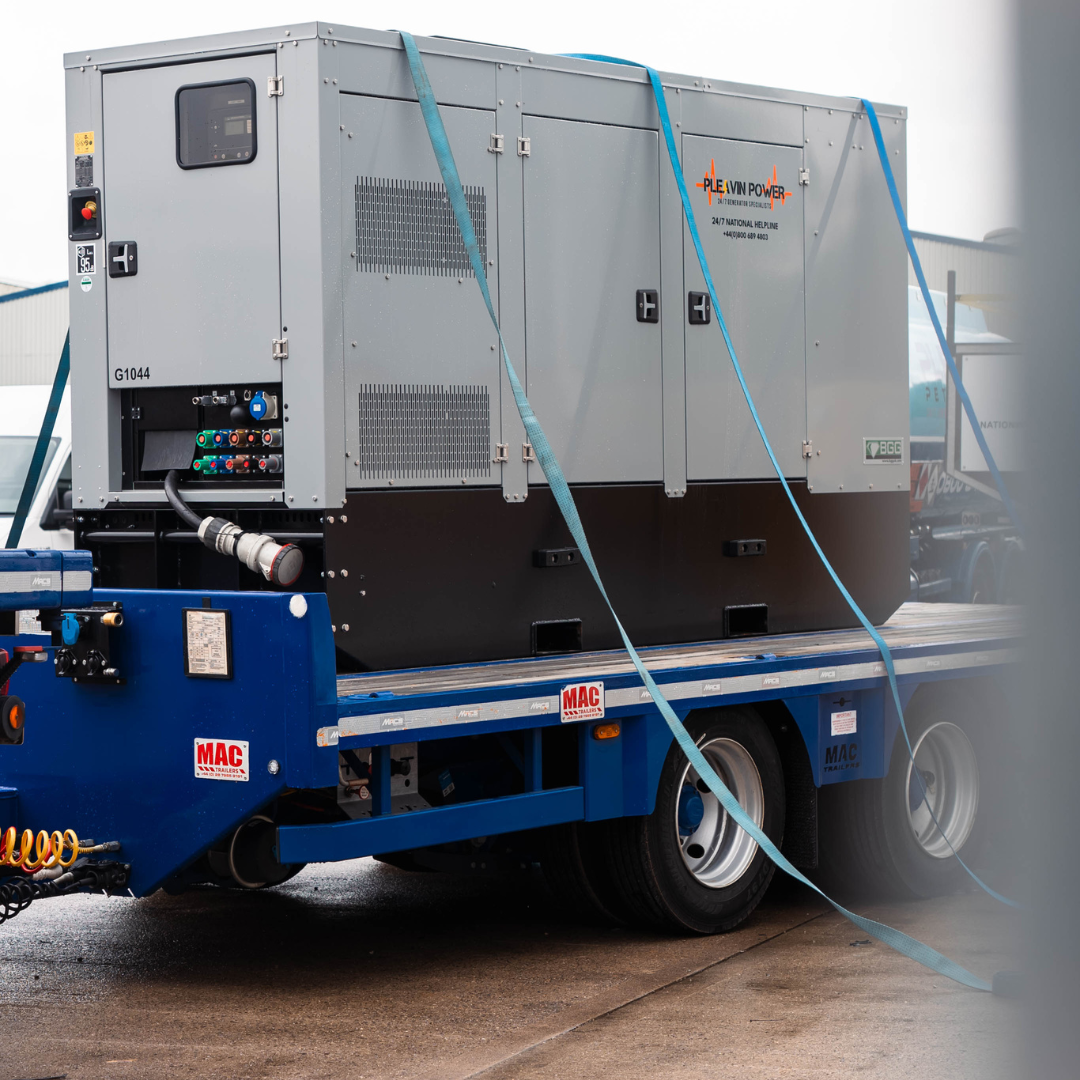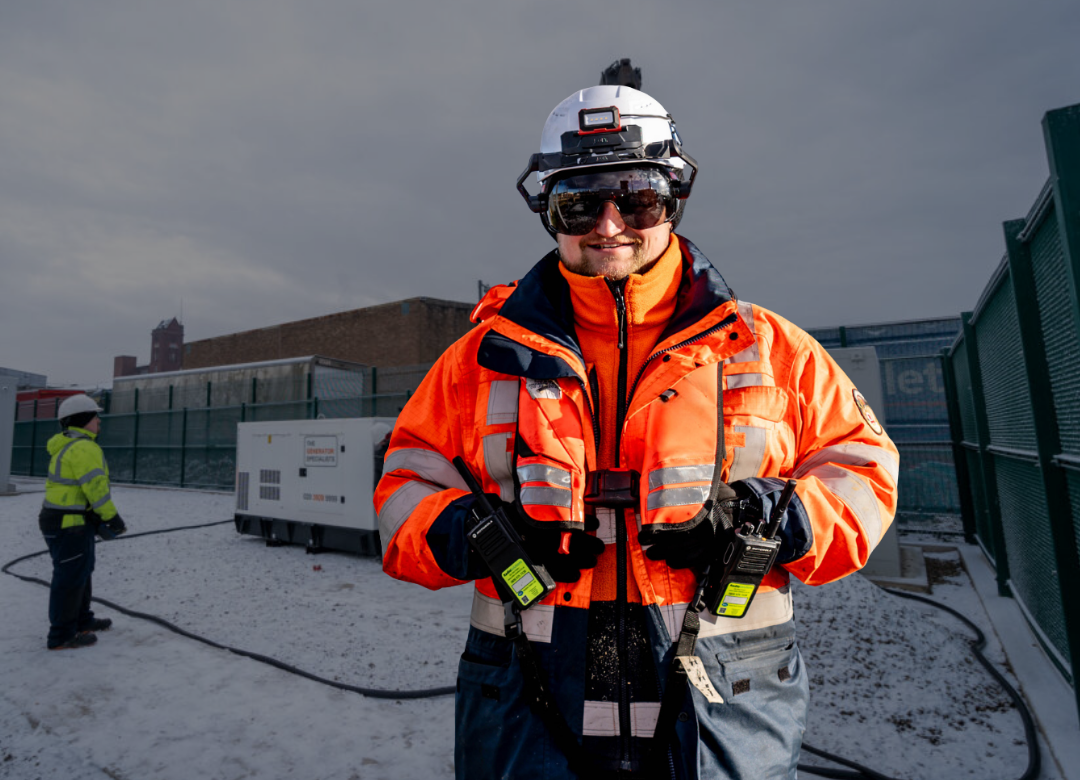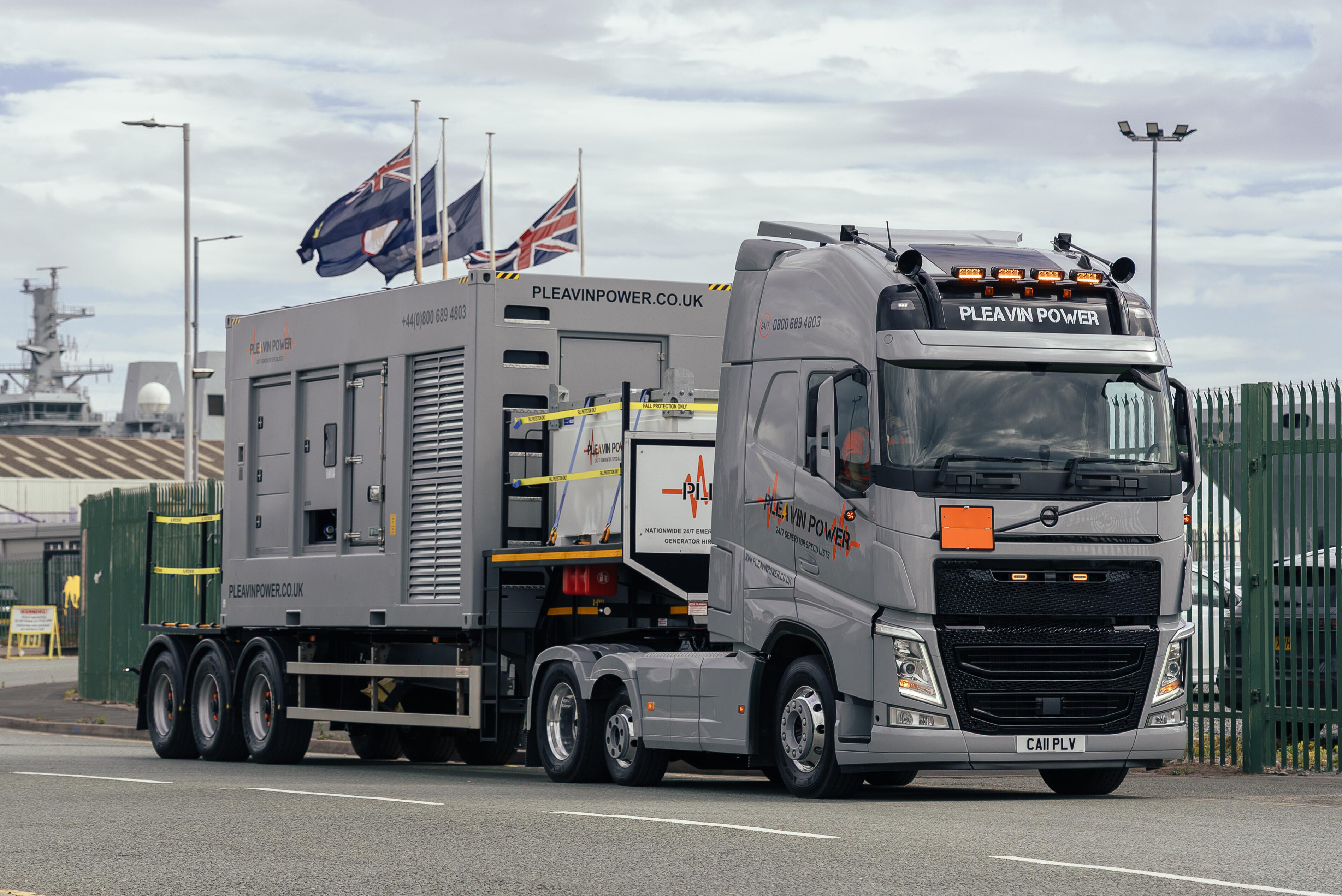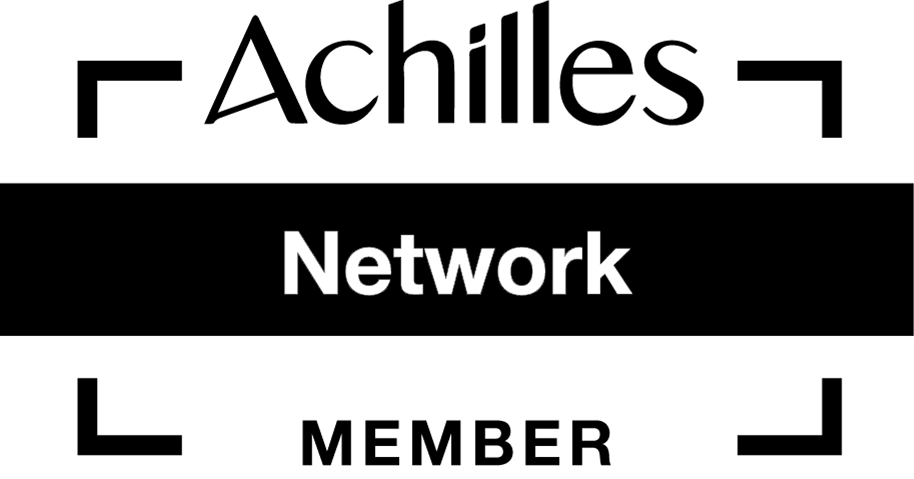The typical modern classroom has changed dramatically over the last few decades. Schools, colleges and universities now depend on access to reliable power, for interactive whiteboards, digital learning and IT systems as well as essentials such as heating and lighting.
Everything from fire alarms and CCTV to kitchen equipment and laboratory equipment is electric-powered. This can mean that learning and day-to-day operations can grind to a halt if there’s an outage.
Unfortunately, power cuts in schools are quite common – particularly in older buildings with aging infrastructure. This is why it’s essential for educational institutions to have backup power systems and contingency plans.
Common Power Risks in School Environments
Schools are particularly vulnerable to power cuts, whether caused by storms or extreme weather, local grid failures or an issue with the school’s own infrastructure.
The impact of even a brief outage can be significant, and in many cases can trigger a temporary closure. Risks include:
- Disruption to lessons and schedules
- Logistical chaos and rescheduling for exams and other critical events
- Safety risks – non-functioning fire safety systems (such as sprinklers or smoke alarms) or security equipment can mean that it’s not safe for children to remain on the premises
- Damage to sensitive equipment – for example, equipment used in science labs, tech workshops and ICT suites. An outage can also disrupt long-running processes such as sample refrigeration in a lab or a 3D printing schedule
- Interrupted access to school servers, networks and IT management systems – leading to potential data loss as well as disruption
- Reputational damage – parents expect reliable, safe learning environments for their children, and frequent outages and closures can undermine confidence.
Even at a basic level, the school may not be able to remain open if heating and lighting systems lose power or on-site kitchens and other essential facilities are unable to function.
Do Schools Have Backup Generators?
To prevent or minimise the risks caused by a power outage, schools need to have an emergency backup power solution in place. This will kick in if a power outage is detected, keeping critical or primary systems running until the mains power comes back on or a local fault is fixed.
There are a few different options for educational institutions looking for backup power. The most commonly used are diesel generators, which can be used to power lighting, IT servers and emergency equipment such as lighting and fire safety systems.
Choosing the right size and type for your site
When installing a generator or any other kind of emergency power supply, it’s crucial to get the right size for the required operating load. Generators also need to be installed on a safe, protected access site, with noise mitigation measures in place.
It’s recommended to bring in a generator specialist to carry out a detailed site survey, which will include an assessment of the power requirements for the site. They’ll consider factors such as the building size, age and layout.
A key part of this process is identifying the ‘mission-critical’ systems that need to be protected by emergency power, as it may not be possible to run the entire school on a backup generator. Schools tend to prioritise support for heating, emergency lighting, alarms and IT servers.
School backup generators
A generator is an ideal choice of backup power solution for schools, but how do they work in a real-life power emergency?
They can be used alongside uninterruptible power supplies (UPS) to ensure continuous, uninterrupted power.
When an outage is detected, the battery-powered UPS instantly kicks into action. It effectively bridges the gap between a power outage and the generator starting up. It may only take a few seconds or minutes for the generator to reach full operating capacity, but this can unfortunately be too long for highly sensitive equipment such as servers or IT equipment.
UK Department for Education (DfE) guidance on standards for schools stipulates that core network switches should be connected to at least one UPS to reduce the impact of outages.
When installed in schools, important considerations for this kind of system include:
- Noise levels and location (in relation to playgrounds, sports fields, plant rooms etc.)
- Ventilation and emissions compliance
- Safe fuel storage and accessibility
- Integration with existing electrical systems
- ATS (Automatic Transfer Switch) setup for seamless switching.
School generators also need to be regularly serviced, tested and maintained. This prevents breakdowns and ensures optimum performance during a real-life emergency.
School power contingency plan
A generator is best installed as part of a wider school power contingency plan. Having a comprehensive plan in place for power emergencies ensures a structured, immediate response. Key people understand their responsibilities and know what to do, safety is prioritised and disruption minimised. Crucially, it also means that compliance and safeguarding requirements are met.
A robust contingency plan should include:
- Emergency lighting and evacuation procedures
- Power priorities (which circuits/systems must stay on)
- UPS coverage for IT and safeguarding systems
- Generator start-up processes and testing schedules
- Staff responsibilities during an outage
- Communication processes for parents and staff
Backup exam room arrangements during testing periods.
Arrange a survey, quote or site-visit today
A professional on-site assessment is the best way to understand what backup power your school needs. Our engineers here at Pleavin Power can evaluate your current infrastructure, recommend the right generator or UPS setup, and advise on contingency planning to keep your site running safely and efficiently.
Whether you need a full installation, maintenance support or a power quality survey, Pleavin Power can help you put a reliable plan in place.
Book a survey or request a quick quote today to protect your school from unexpected outages.














